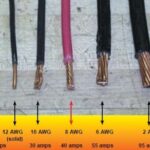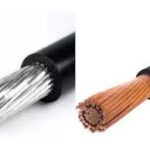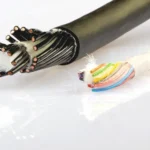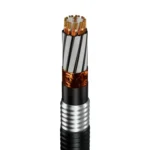If you're working with American Wire Gauge (AWG) standards and need to convert 20 AWG to mm², you're in the right place. This article explains the conversion, typical applications of 20 AWG wire, and what to consider when choosing between AWG and metric wire sizes.
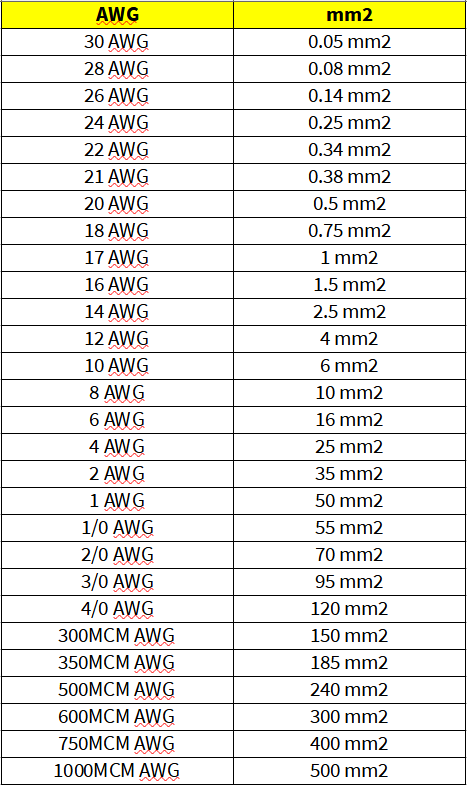
awg 20 to mm2
📏 AWG 20 to mm² Conversion
20 AWG = approximately 0.52 mm²
This means a 20 AWG wire has a cross-sectional area of about 0.52 square millimeters, making it comparable to 0.5 mm² wires commonly used in metric-based systems.
| AWG Size | Cross-Section (mm²) | Diameter (mm) | Typical Amp Rating |
|---|---|---|---|
| 20 AWG | 0.52 mm² (approx.) | ~0.81 mm | 5–7 amps (depending on insulation and environment) |
✅ Note: This is a rounded value and may vary slightly depending on solid or stranded conductors.
🔧 Applications of 20 AWG / 0.5 mm² Wire
20 AWG wire is often used in low-voltage, low-current applications, including:
Signal transmission
LED lighting circuits
Alarm and security systems
Automotive and marine control wires
Electronics and PCB wiring
Thermostats and smart home systems
Its compact size and flexibility make it ideal for tight installations and control systems where space is limited.
🧰 Solid vs Stranded 20 AWG Wire
Solid wire offers better rigidity and is ideal for permanent installations.
Stranded wire is more flexible, better for applications with movement or vibration.
Whether you need UL-listed 20 AWG control wire or 0.5 mm² THW/THHN insulated copper wire, understanding this size helps ensure electrical safety and compliance.
🔄 AWG to mm² Quick Reference (Selected Sizes)
| AWG | mm² (approx.) |
|---|---|
| 24 AWG | 0.20 mm² |
| 22 AWG | 0.33 mm² |
| 20 AWG | 0.52 mm² |
| 18 AWG | 0.82 mm² |
| 16 AWG | 1.31 mm² |
| 14 AWG | 2.08 mm² |
🌐 Choosing Between AWG and Metric Sizes
If you're sourcing cables internationally or working with both UL/NEC and IEC standards, it's important to know that:
0.5 mm² is the closest equivalent to 20 AWG, but they are not identical.
Always refer to ampacity charts and insulation ratings when making a final selection.
Mismatch in wire sizing can lead to voltage drop, overheating, or code violations.

